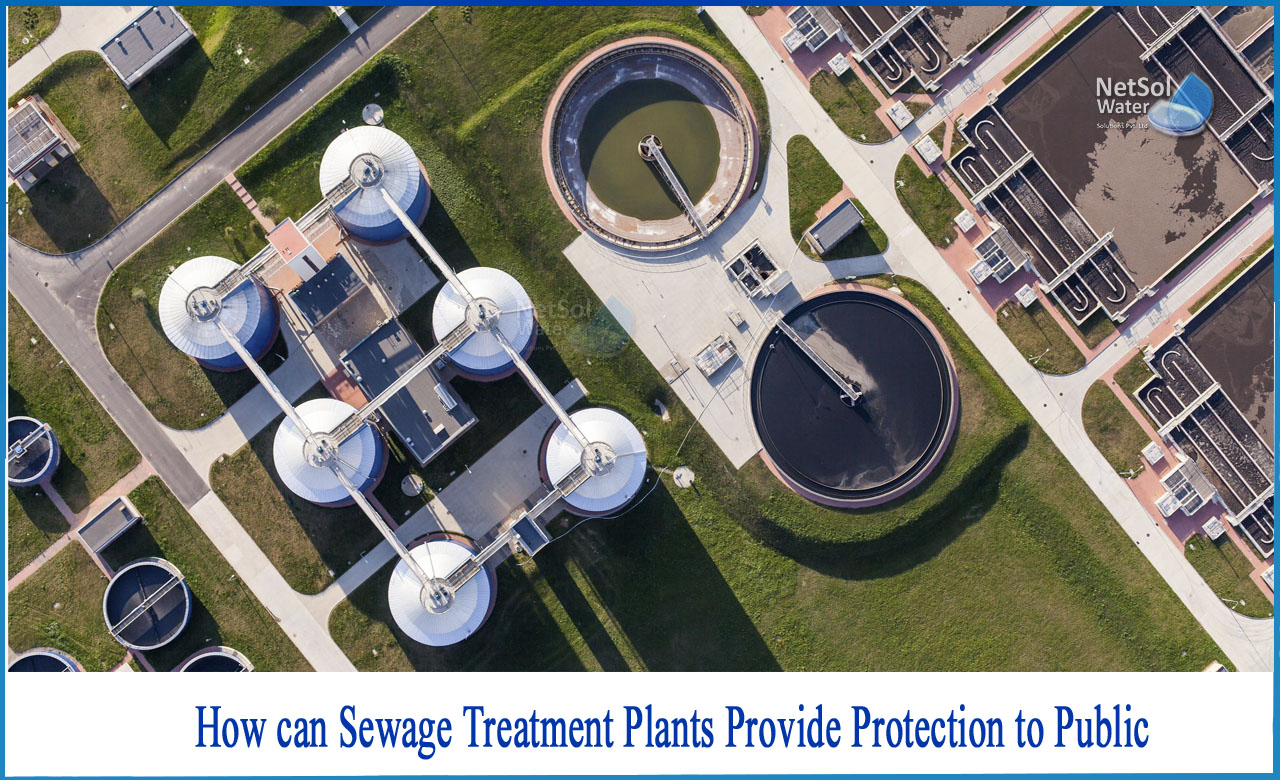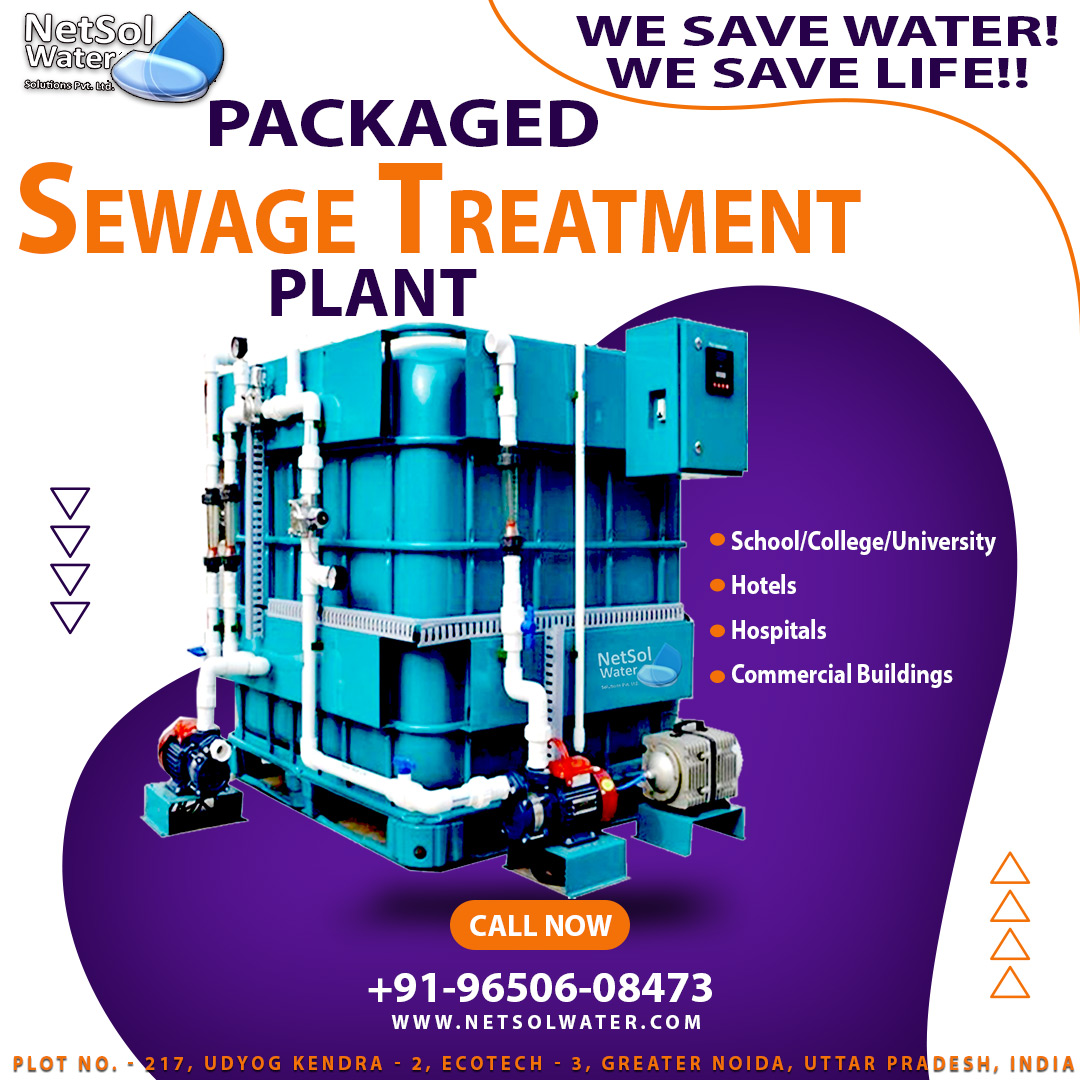How can STP provide protection to public?
Sewage treatment plants purify water so that it can be safely returned to the environment. Itremoves a variety of solids, from rags and sticks to sand and small particles in wastewater. It reduces organic matter and pollutants through the controlled action of useful bacteria and other microorganisms that consume organic matter in wastewater. Bacteria and microorganisms are then separated from the water and disinfected. This process also returns oxygen to the water and ensures that the water contains enough oxygen to support life in streams, rivers, and lakes. Sewage comes from every corner of human dwelling. Household wastewater and household waste are washed away from toilets, sinks, bathrooms, and other drains.
Companies and institutions such as medical facilities, pharmaceutical companies, factories, food companies, and even schools produce water contaminated with chemicals and other waste. They all depend on water for a variety of uses, and most (95 percent) of that water swirls drains sooner or later. Wastewater is simply a by-product of our society.
What exactly is wastewater?
In schools, we came to know the water cycle. The cycle of evaporation, condensation, and flow of precipitation made it look as if water could "take care of itself" in an infinite, self-sustaining loop.
Unfortunately, this is not the case. Water is polluted by households, businesses, agricultural applications. The water purifies itself and evaporates cleanly, not just raining elsewhere later. Many of the chemicals and pollutants that enter the water from factories, sewers and communities stay there. Sewage treatment is used as the basic function of wastewater treatment is to speed up the natural process of water purification.
Sewage effects
However, people consider sewage to be a relatively harmless substance, probably because it contains the word "water". Detergents, soaps, and chemicals spilled from homes, businesses and agriculture can cause serious environmental damage.
This is greatly magnified if the wastewater comes from the manufacturer or packaging plant. Without proper disposal and treatment, the consequences of these pollutants can be very harmful. And the environmental impact can be irreversible or at least very difficult to undo.
These include:
-Wastewater
-Death of Marine Mammals, Fish and Corals
-Seabird poisoning and habitat destruction
-The "dead zone" created by the outbreak of toxic algae and the consumption of all oxygen in the environment
-Accumulation of toxins in animals at the top of the food chain, especially predators and humans
-Accumulation of chemicals in rivers, rivers, and aquifers
Conclusion
One of the most serious effects is on drinking water. Fresh and clean water is rapidly becoming the most valuable commodity in our world. Without the technology to recover and treat wastewater, the impact will only be exacerbated. Several solutions have been introduced to address this issue. Thus waste water treatment is becoming a necessity nowadays which directly puts all the load on treatment plants.
Call Netsol Water for the design, manufacture and installation of STP’s, ETP’s, etc.




